Who to Hire for Flawless Outdoor Range Hood Installation
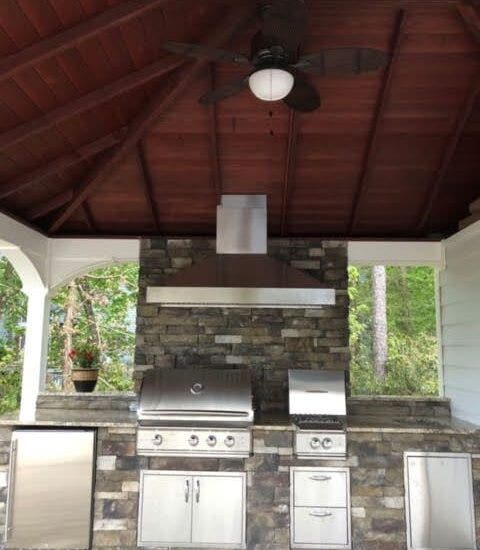
After a lot of hard work to find the best range hood for you, it is on its way. One more thing to cross off your todo list. Now it’s time to figure out the installation.
But who installs outdoor range hoods? – or how to install it yourself!
Consult an HVAC contractor or renovation contractor to install your range hood. Most range hoods use a three-pronged plug for power, which you can hook up on your own. If not, you may need a contractor with electrical expertise to hardwire the hood. Or, you’ll need an electrician.
Any contractor should be able to install your range hood. But, an HVAC or renovation contractor will be your best bet. If you don’t want to hire a contractor, you can install your range hood yourself.
The average homeowner should be able to install a hood by themselves. If you’re good with hands-on work around the house like installations and repairs, you should be able to mount your range hood without much trouble.
There are many helpful installation videos available on YouTube (like these ones). Also, your manufacturer should have instructions or an installation guide to help you out.
Consult the manufacturer’s instructions first. Different manufacturers may have specific instructions that apply only to their range hoods. Also, you might find helpful tips in the guide! They are the experts, after all.
Even though you have the resources to install your hood by yourself, it may seem daunting to some. Maybe you’ve never installed anything in your home by yourself. You might not have the knowledge or tools to tackle the project. Or you might not have many people to reach out to for help.
Luckily, you can hire a contractor to install your hood. It’ll save you some valuable time and headaches.
Also, a professional contractor will likely be able to complete the installation much faster if you are not too experienced with DIY work.
Table of Contents
A couple considerations when hiring a professional
When installing a new range hood in your kitchen, it’s important to be aware of any local permitting and building code requirements that may apply. Adhering to these regulations helps ensure the installation is completed safely and up to local standards.
Depending on your location, a permit may be required before you can install a range hood. This is especially common for hardwired range hoods that involve electrical work, as well as any ventilation that requires modifying walls, ceilings, or the home’s HVAC system. Permits help local building authorities inspect the work to verify it meets safety codes.
Beyond permits, building codes also dictate certain specifications for range hood installations. These can include:
- Minimum airflow and ventilation requirements based on the size of the cooktop
- Placement and clearance guidelines relative to the cooking surface
- Ductwork materials, sizing, and routing parameters
- Electrical wiring standards for hardwired range hoods
Failing to adhere to these code requirements could create safety hazards and may lead to issues when it comes time to sell your home. Hiring a licensed contractor who is familiar with local regulations can help ensure your range hood installation is up to par.
If you’re tackling a DIY range hood install, be sure to research the relevant permits and codes for your area. Many municipalities provide guides or checklists to help homeowners understand the rules. Taking the time to comply with these guidelines can provide peace of mind and help your new range hood function safely and efficiently for years to come.
Warranty and Service Considerations When Hiring a Professional Installer
When hiring a professional to install your new range hood, it’s important to consider the warranty and service offerings that come with their work. A reputable installer should provide assurances and support beyond just the successful completion of the installation.
Warranty coverage is a key factor to look for. Many kitchen appliance brands and installation contractors offer warranties on their work, typically ranging from 1-5 years. This can provide protection if any issues arise with the range hood or its installation in the months and years ahead.
Be sure to inquire about the specifics of the warranty, such as:
- What is covered (labor, parts, full replacement)?
- How long does the warranty last?
- Are there any limitations or exclusions?
- How do you file a warranty claim if needed?
Additionally, consider the installer’s overall customer service policies. A good contractor should be willing to provide ongoing support even after the initial installation is complete. This could include:
- A dedicated point of contact for any questions or concerns
- Troubleshooting guidance, either over the phone or in-person
- Expedited response times for warranty claims or service requests
- Availability for future maintenance or repair work
Reputable kitchen contractors often have strong relationships with appliance brands, giving them access to manufacturer resources and expertise. This can be invaluable if complex issues arise that require the original installer’s involvement.
Asking about a potential installer’s warranty coverage and service support can give you greater confidence that your range hood will be properly cared for long after the installation is complete. Taking the time to understand these post-installation considerations can help ensure a stress-free and long-lasting range hood experience.
If you do not want to hire a contractor, we have many different resources to help you install your range hood. Or if you’re still on the fence, these videos and articles can help you decide if installing the hood is your best option.
Check them out below!
DIY Range Hood Installation
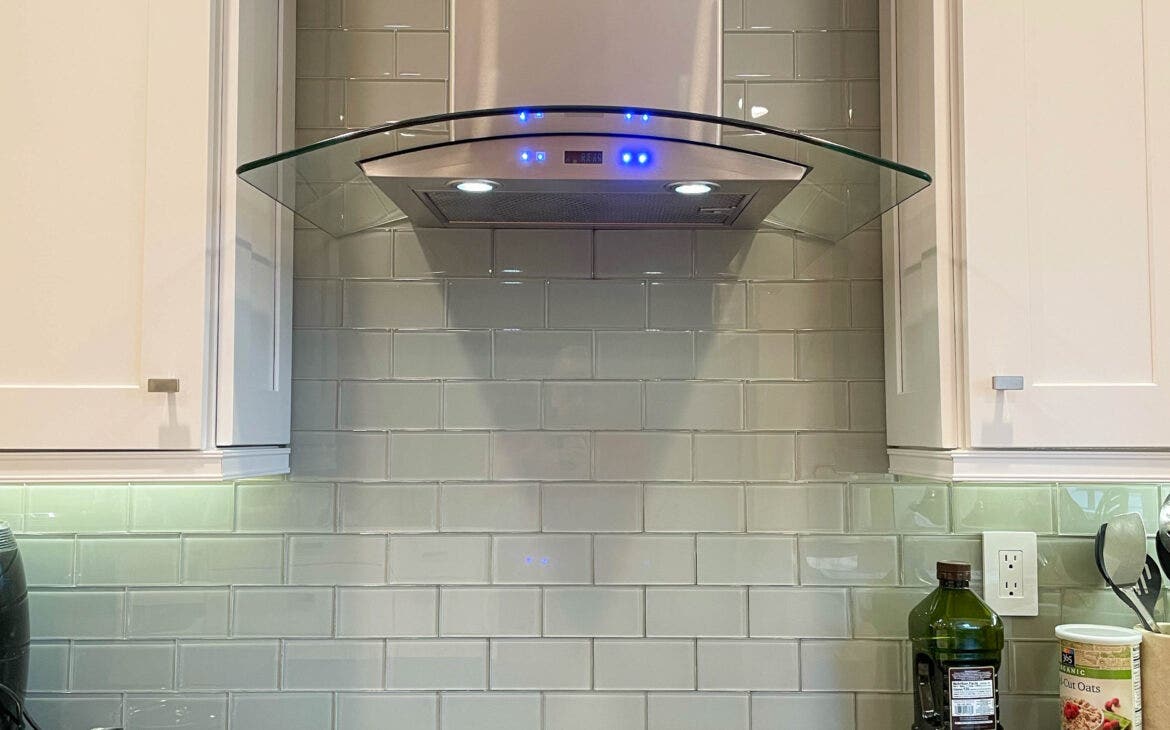
How to Install a Wall Range Hood
Or, check out our complete article on how to vent a range hood through an interior wall.
How to Install an Island Range Hood
Take a look at our article on how to vent a range hood through the ceiling for more information.
How to Install a Range Hood Insert
Range hood inserts are easier to install than wall hoods or under cabinet hoods. Click here to check out some helpful videos on how to install your range hood insert.
For the complete range hood installation guide from Proline Range Hoods, check out this link.
Who do I contact to install new range hood ductwork?
A licensed general contractor or kitchen renovation contractor can install your new range hood ductwork. Before you decide on a contractor, though, make sure you do your research! Compare a few local contractors in the area before choosing the right one for you.
For an in-depth guide on how to find a contractor for your range hood ductwork, click here.
Do you need an electrician to install a range hood?
You may need an electrician to hardwire your range hood, but not to install the hood. Most hoods come with three-pronged plugs. You may need an extension cord, but besides that, you don’t need an electrician for installation. If your hood has to be hardwired, we recommend that you hire an electrician for your safety.
Like installing your hood, hardwiring it is possible to DIY if you’re comfortable with that type of work. Check out this article to learn more about how to hardwire your range hood.
How much does it cost to install a range hood?
In general, a range hood will cost between $200 and $500 to install. Island range hoods are on the higher end of this price range, while under cabinet hoods are on the lower end.
Learn more about range hood installation cost in this article.
Does Home Depot install range hoods?
Home Depot does not install range hoods. Instead, your best option is to hire a renovation contractor to install your hood. Or, you can install the hood yourself.
Where should a kitchen exhaust fan be installed?
The location of your kitchen exhaust fan depends on your kitchen setup. You have five options:
- Under your kitchen cabinets
- On the wall
- Over a kitchen island
- Inside a custom hood
- Outside
Under Your Kitchen Cabinets (Under Cabinet Range Hood)
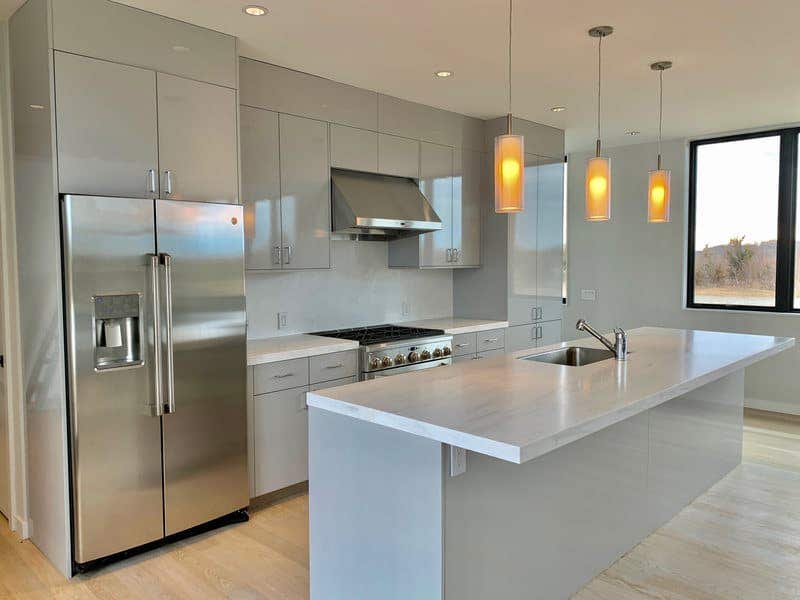
Under cabinet range hoods, as the name suggests, fit under your kitchen cabinets. These hoods typically don’t need a chimney. Instead, the cabinetry conceals the ductwork.
On the Wall (Wall Mount Range Hood)
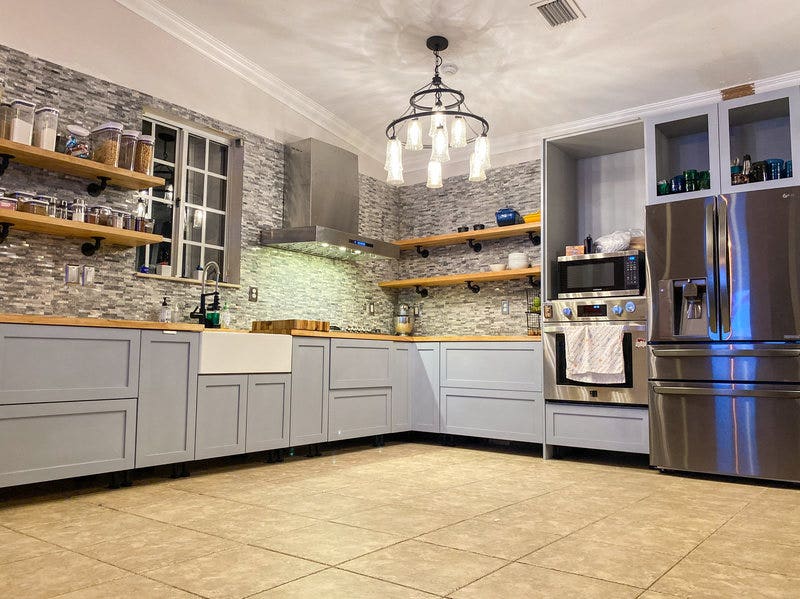
Wall range hoods mount on your kitchen wall. These hoods feature a stainless steel chimney to cover the duct before it exits through an interior wall or through the ceiling.
Over a Kitchen Island (Island Range Hood)
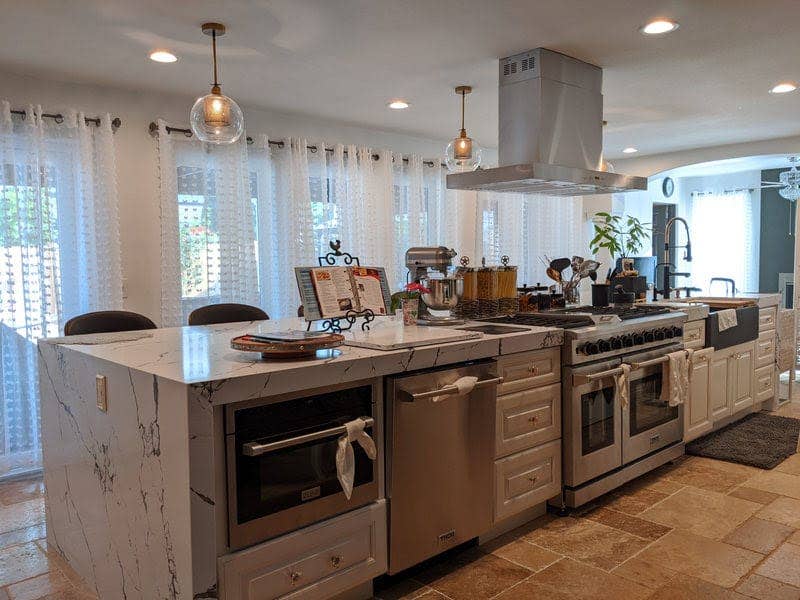
If you have an island range, an island range hood is your only option. These hoods are free-standing hoods that vent through your ceiling.
Inside a Custom Hood (Range Hood Insert)
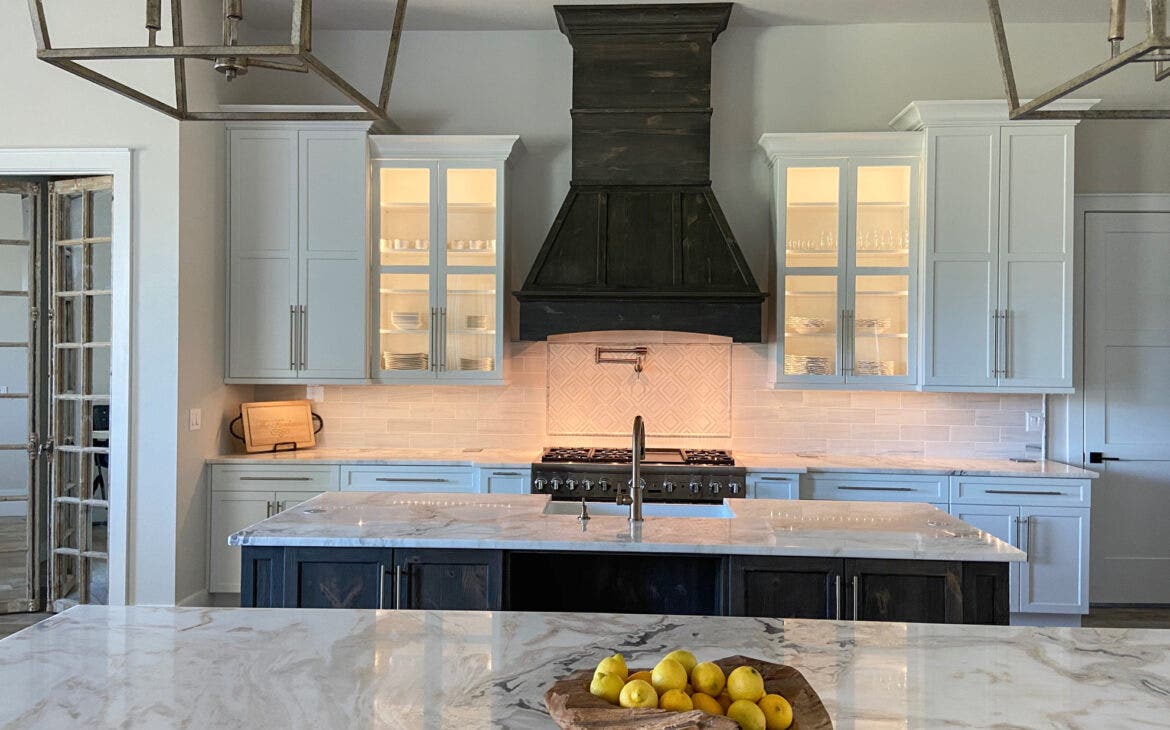
If you built a custom hood or custom cabinetry in your kitchen, you’ll want a range hood insert. Unlike a wall or under cabinet hood, these fans are entirely concealed by your cabinetry or custom hood.
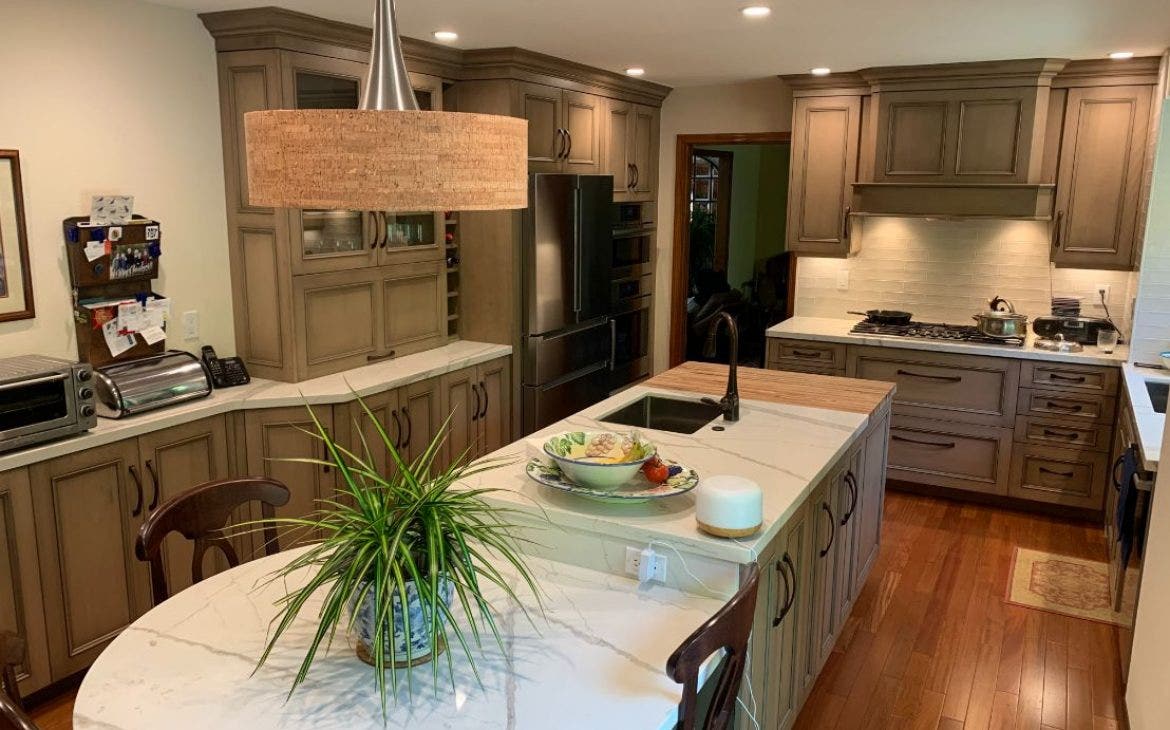
Outside (Outdoor Range Hood)
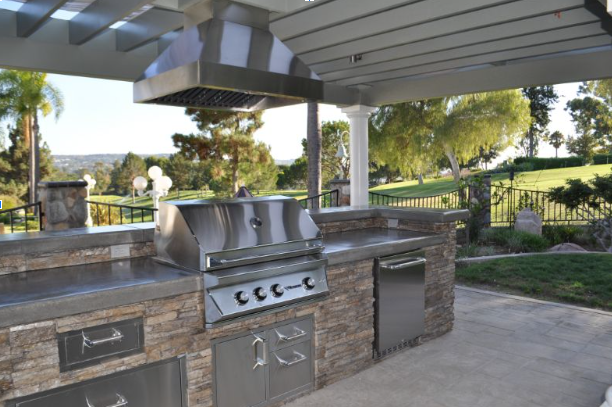
This may be self-explanatory, but if you are building an outdoor kitchen, your hood will be installed outside as well. So, make sure you have a hood that is rated for outdoor use. It will stand up to the elements and work well with the intense heat from your outdoor cooking set up.
Outdoor range hoods are much more durable than indoor hoods. They are built with more durable materials like 304 stainless steel.
Outdoor hoods can weather the elements, heavy grease, and intense heat of your stainless steel grill for years to come.
Thank you for reading our article on who to hire to install your vent hood. Hopefully, you found a professional, reliable contractor for the job.
If you’re trying to DIY the installation or have any questions or concerns, feel free to contact our customer support team at (877) 901 – 5530.
When it comes to installing an outdoor range hood, you may want to work with an experienced hood installer who is familiar with the unique requirements and local building codes for this type of application.
Proper installation is key to ensuring optimal air quality and ventilation in the outdoor kitchen area. Unlike an indoor ducted range hood, an outdoor model will need to withstand the elements and be properly vented through the roof or exterior wall.
Hiring a general contractor or appliance installer who specializes in outdoor kitchens can help ensure the ductwork is installed correctly and the hood integrates seamlessly with the overall design.
While the average costs for installing an outdoor range hood may be higher than a typical indoor ducted model, it’s an investment that can really elevate the style and functionality of your outdoor living space.
By working with a reputable hood installer and following local codes, you can save money in the long run by maintaining proper ventilation and air flow.
Though the process may be more time-consuming than installing a ductless range hood, the end result of a properly vented outdoor cooking setup is well worth the effort. Taking the time to carefully plan the ducting and hole placement will pay dividends in the air quality and performance of your outdoor kitchen.
Check out some helpful installation articles at the links below.
Related Articles
How difficult is it to install a range hood if no ductwork exists?
How to Install a Range Hood – Complete Guide
5 Outdoor Range Hood Installation Tips
Do you need an electrician to install a range hood?
You may need an electrician to hardwire your range hood, but not to install the hood. Most hoods come with three-pronged plugs. You may need an extension cord, but besides that, you don’t need an electrician for installation. If your hood has to be hardwired, we recommend that you hire an electrician for your safety.
Like installing your hood, hardwiring it is possible to DIY if you’re comfortable with that type of work. Check out this article to learn more about how to hardwire your range hood.
How much does it cost to install a range hood?
In general, a range hood will cost between $200 and $500 to install. Island range hoods are on the higher end of this price range, while under cabinet hoods are on the lower end.
Learn more about range hood installation cost in this article.
Does Home Depot install range hoods?
Home Depot does not install range hoods. Instead, your best option is to hire a renovation contractor to install your hood. Or, you can install the hood yourself.
Where should a kitchen exhaust fan be installed?
The location of your kitchen exhaust fan depends on your kitchen setup. You have five options:
Under your kitchen cabinets
On the wall
Over a kitchen island
Inside a custom hood
Outside
Who do I contact to install new range hood ductwork?
A licensed general contractor or kitchen renovation contractor can install your new range hood ductwork. Before you decide on a contractor, though, make sure you do your research! Compare a few local contractors in the area before choosing the right one for you.
For an in-depth guide on how to find a contractor for your range hood ductwork, click here.




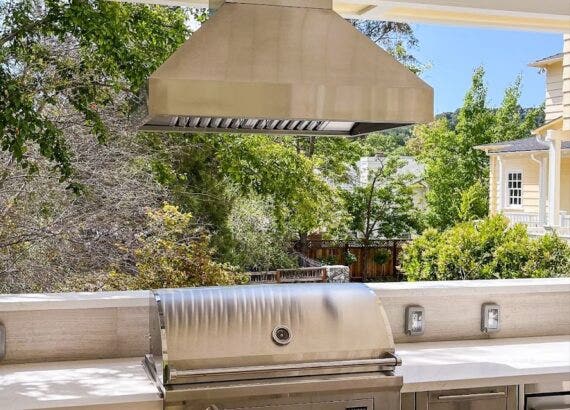
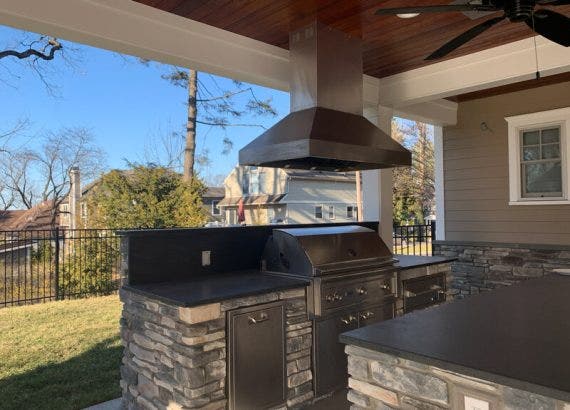
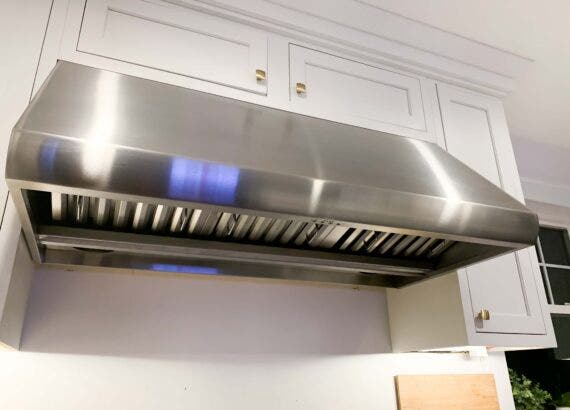
Comments are closed.